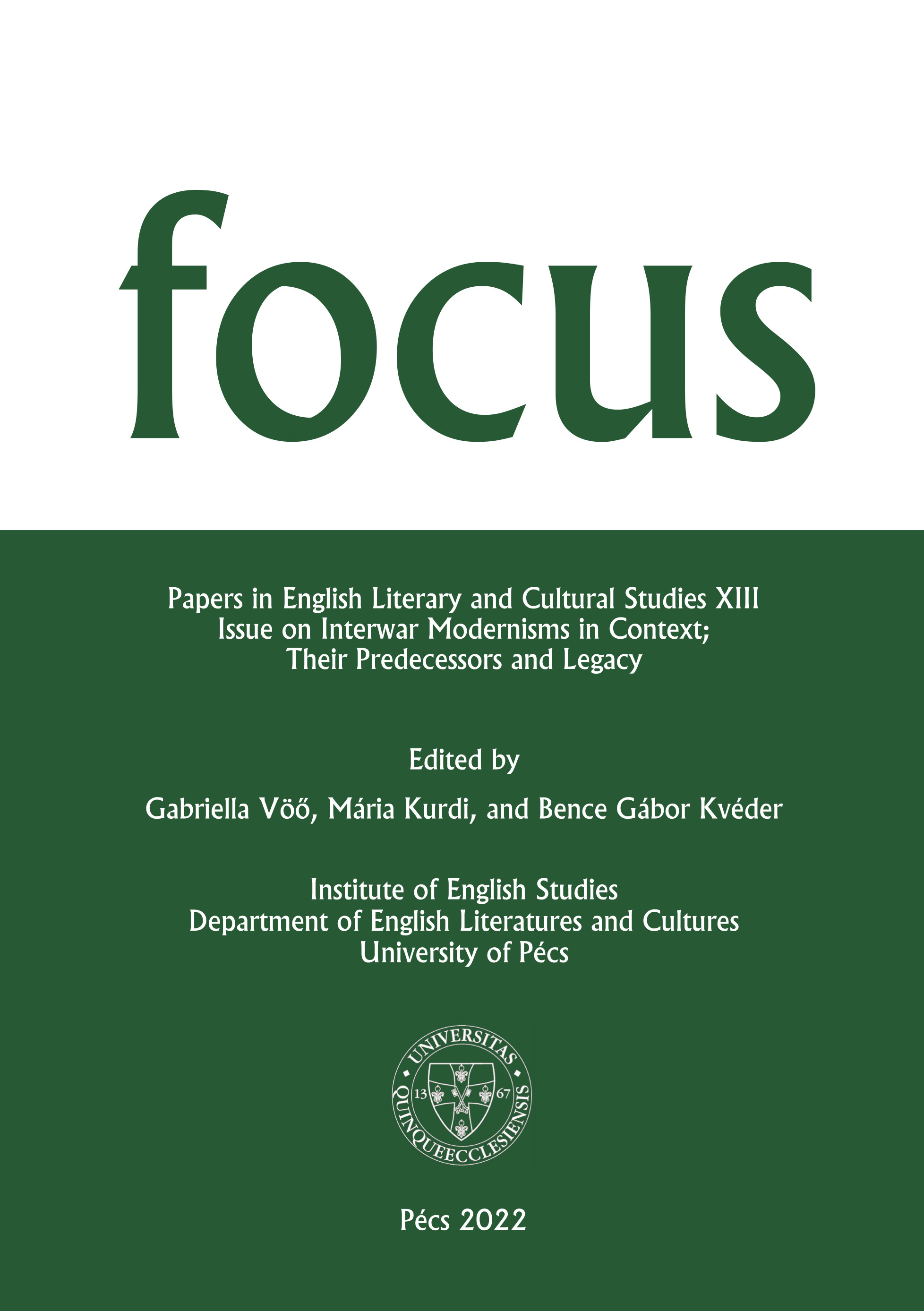“I let down my nets and pulled.” Langston Hughes’ The Big Sea (1940) as a Slave-Narrative Inspired Autobiography
DOI:
https://doi.org/10.15170/Focus.13.2022.1.51-65Abstract
The aim of the essay is to investigate the connection between the slave narrative and the Harlem Renaissance through Langston Hughes’ The Big Sea (1940). The work recalls Hughes’ personal growth and professional development from a struggle-filled young adulthood to becoming an accomplished literary figure. I consider Hughes’s text a slave narrative-inspired autobiography. In order to substantiate my hypothesis I primarily rely on Frances Smith Foster and Kim Green’s cyclical interpretation of the slave narrative, John Olney’s theory concerning the respective form and content related conventions, and Mikhail Bakhtin’s chronotope model. I identify three formative experiences in Hughes’s life: his extended stay with his father in Mexico at age 19, his voyage to Africa in 1923 and his ”sociological study trip” to the South in 1924. My treatise retraces how the options provided by the genre of autobiography helped Langston Hughes to convert an unwritten self into literary representation.
Downloads
Published
How to Cite
Issue
Section
License

This work is licensed under a Creative Commons Attribution-NonCommercial-NoDerivatives 4.0 International License.
FOCUS: Papers in English Literary and Cultural Studies follows the principles laid down by Creative Commons, which provides guarantees for the Author’s copyright while also ensuring that intellectual properties are made available for the wider public in a digital form. All papers submitted to the journal apply the following licence conditions (indicated on the journal’s website as well as in individual publications):
“© This work is licensed under a Creative Commons Attribution-NonCommercial-NoDerivatives 4.0 International License.”
You are free to:
- Share, copy and redistribute the material included in the journal in any medium or format under the following terms:
- Attribution — You must give appropriate credit to the Author, and indicate the original place of publication [FOCUS: Papers in English Literary and Cultural Studies, Issue nr., page numbers.].
- NonCommercial — You may not use the material for commercial purposes.
- NoDerivatives — You are not allowed to remix, transform, or build upon the material.
- The above conditions must always be indicated if the journal material is distributed in any form.
- The above conditions must always be met, unless a written permission signed by the Author and the Editor-in-Chief states otherwise.

